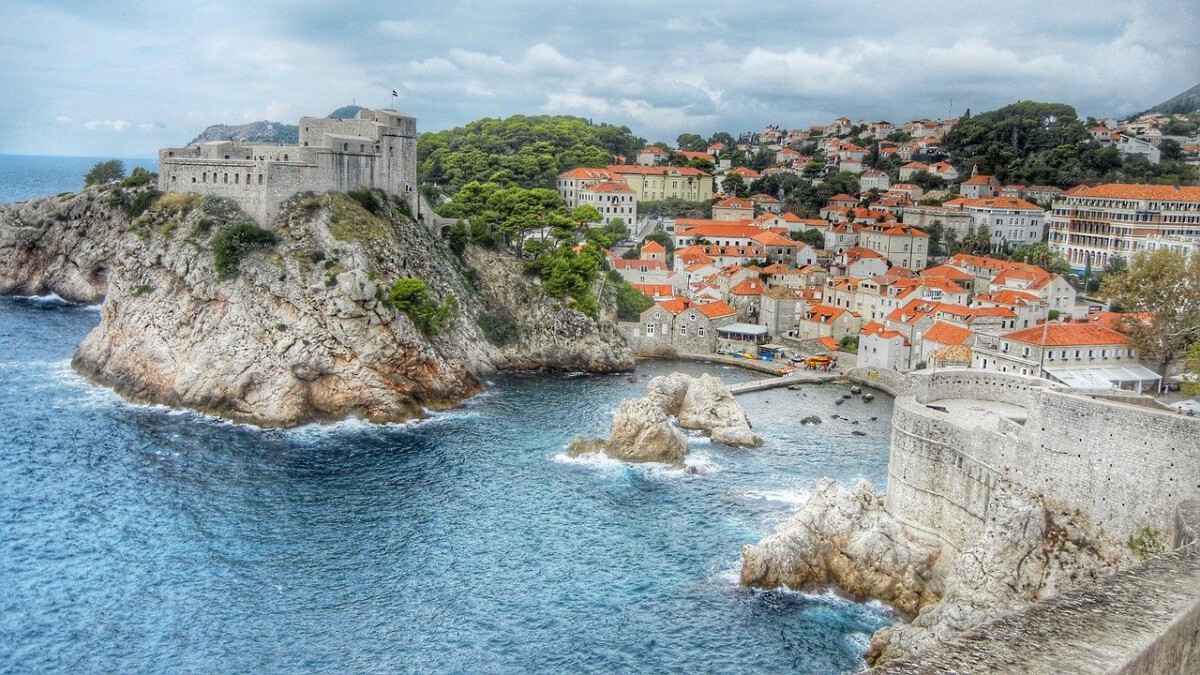Picture this: You step off a boat onto a narrow stone walkway, the air thick with the scent of salt water and history. All around you, a thousand eager voices echo and bounce off ancient walls. You try to snap a photo, but you can’t move an inch—there’s barely space to breathe. This isn’t a one-off nightmare. It’s the new reality for some of the world’s most iconic destinations, where tourism is pushing beauty to the brink. Here are ten countries now tiptoeing toward the unthinkable: saying “no more” to visitors, perhaps for good.
Venice Sinking Under the Weight

Venice feels like a floating dream, but the dream is starting to drown. Every year, around 25 million visitors descend on this fragile city built on water. Locals wake up to cruise ships blocking the sunrise and narrow alleys jammed with selfie sticks. The city’s foundations are literally sinking, and the canals smell more stagnant than sweet in summer. Authorities have started charging day-trippers a fee and are talking about capping visitor numbers. If you’ve always wanted to drift under the Rialto Bridge or hear the hush of St. Mark’s Basilica at dawn, your window is closing fast. **Visit in winter for fewer crowds and a more authentic Venetian vibe.**
Barcelona Walls Closing In

Barcelona’s energy is electric—Gaudí’s buildings look like something out of a fever dream, and tapas bars hum late into the night. But the city is buckling under 30 million annual visitors, with locals squeezed out of their neighborhoods and iconic sites like La Sagrada Familia sometimes lost behind walls of people. Street protests have become common, and the government is considering strict caps on short-term rentals and guided tours. The best way to experience Barcelona now? **Book your stays in locally-owned guesthouses, and try exploring hidden neighborhoods like Gràcia or El Poblenou.** Off-season visits mean you might still catch a glimpse of local life.
Bali Paradise at a Breaking Point

Bali is the kind of place that gets under your skin—the smell of incense at every corner, the taste of spicy sate, the sound of gamelan drifting from temple courtyards. But the magic is fading, as over 6 million tourists a year clog its narrow roads and pristine beaches. Trash piles up, water is scarce, and sacred temples are sometimes treated like props. The local government is considering daily visitor quotas and even higher entry taxes. If you want to find the Bali of your dreams, **explore the lesser-known north or east coasts and always dress respectfully at temples.** Consider spending your rupiah in family-run warungs to help communities thrive.
Machu Picchu Footsteps Echoing Too Loud

There’s nothing quite like that first misty glimpse of Machu Picchu after a grueling hike. But now, the mountain echoes with the footsteps of 1.5 million visitors a year. The ancient stonework is eroding, and the Inca Trail is often more crowded than a city subway at rush hour. In response, the Peruvian government has introduced strict time slots and daily limits, and some trails are periodically closed for repairs. **Book your tickets months ahead, and consider alternative treks like Salkantay or Lares for a quieter, equally breathtaking journey.** Always respect the silence and spiritual energy locals believe resides here.
Santorini Sunsets Losing Their Magic

Those blue domes and pink sunsets are the stuff of dreams, but Santorini is being loved to death. During high season, the population swells from 15,000 residents to over 2 million visitors. The caldera paths become rivers of people, and it can be hard to find a quiet corner. Authorities have started limiting cruise ship arrivals and capping daily visitors to the island. For a slice of the real Santorini, **visit in April or October, when bougainvillea still blooms and the air feels soft and calm.** Try exploring smaller villages like Pyrgos or Emporio for a hint of old island life.
Thailand Beaches on Pause

Thailand’s beaches look like they belong on a movie set—but that’s part of the problem. Maya Bay, made famous by “The Beach,” was closed for years to let coral recover from millions of feet and flippers. Now, with over 40 million international arrivals annually, the government is pushing for sustainable tourism, closing other sensitive sites and limiting visitor hours. If you’re craving turquoise water and white sand, **opt for lesser-known islands like Koh Yao Noi or Koh Lanta.** Always say no to animal rides and wildlife selfies—tourism dollars can help, but only if spent wisely.
Dubrovnik Battling the Crowds

Dubrovnik’s medieval walls rise from the Adriatic like something from a fantasy novel—no wonder it starred in Game of Thrones. But the city is under siege, with more than 1.5 million tourists arriving in summer alone. Locals sometimes avoid Old Town altogether during the day, and there’s talk of daily visitor caps and cruise ship bans. If you want to soak in those orange rooftops and marble streets, **come in spring or late autumn, and walk the walls at sunset for softer light and more space.** Support local artisans by shopping in family-owned boutiques tucked away from the main drag.
Iceland Fragile as Crystal

Iceland’s raw, wild beauty feels almost otherworldly—volcanic beaches, steaming geysers, and waterfalls that roar like thunder. But two million tourists now flock here each year, sometimes trampling moss that takes centuries to grow back. The government is eyeing new entry fees and limiting access to popular sites like the Blue Lagoon and the Golden Circle. For a deeper connection, **rent a car and explore the remote Westfjords or East Fjords, where sheep outnumber people and silence stretches for miles.** Always stay on marked trails and leave no trace behind.
The Maldives Islands at Risk

The Maldives look like a screensaver come to life: powdery beaches, turquoise lagoons, and palm trees swaying in gentle breezes. But paradise is fragile. Climate change and unchecked development threaten the islands, and rising seas are already swallowing beaches. With over 1.7 million visitors a year, the government is considering stricter resort permits and tourist taxes. If you want to help, **choose eco-friendly guesthouses on local islands, and skip single-use plastics.** Snorkel gently—coral reefs are struggling to survive.
Japan Sacred Spaces Drawing the Line

Japan’s ancient temples, cherry blossoms, and neon-lit streets are irresistible. But places like Kyoto and Mount Fuji are now so crowded that spiritual rituals and local customs are being disrupted. Some temples have started limiting entry, and the government is discussing new tourist restrictions in sensitive areas. If you long for a taste of old Japan, **visit smaller cities like Kanazawa or Matsue, and always follow local etiquette—quiet voices, no shoes indoors, and respect for sacred spaces.** Try planning your trip around local festivals for a more immersive (and less crowded) experience.






